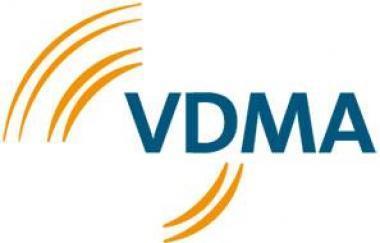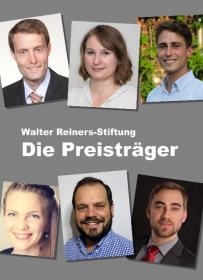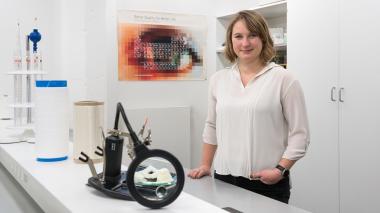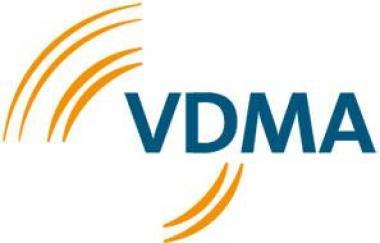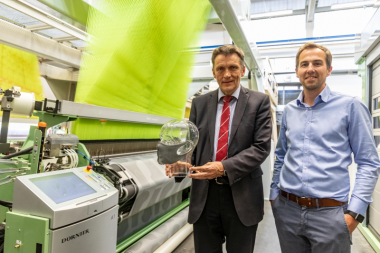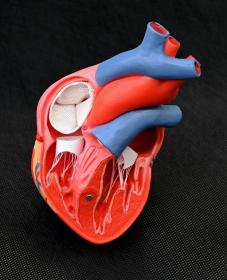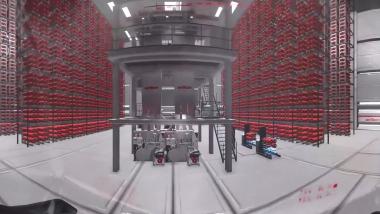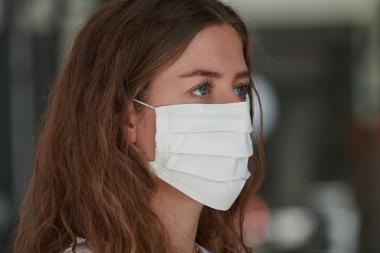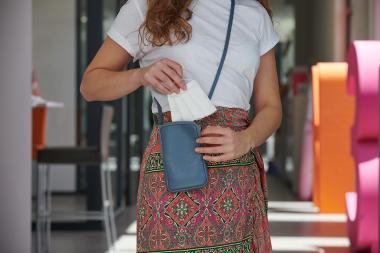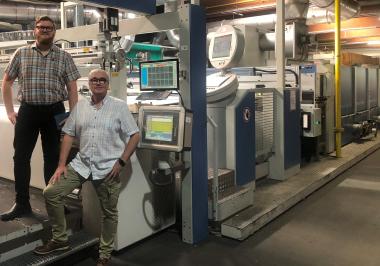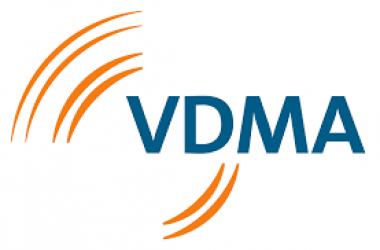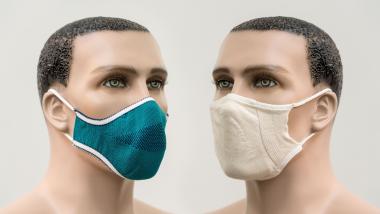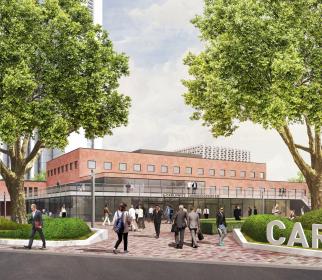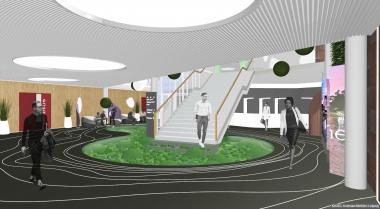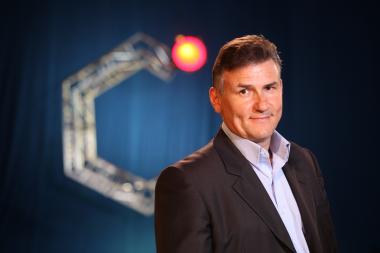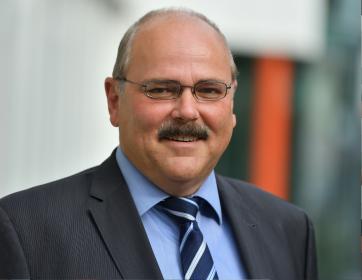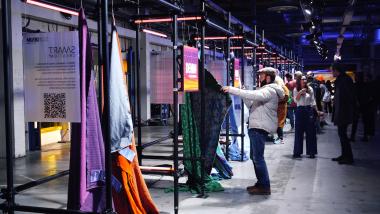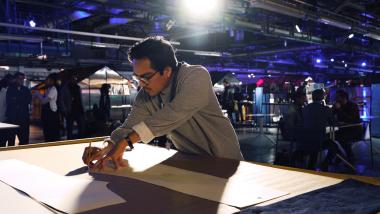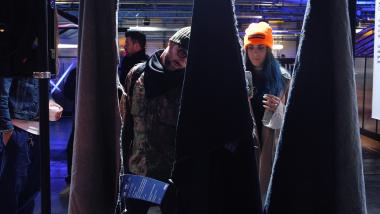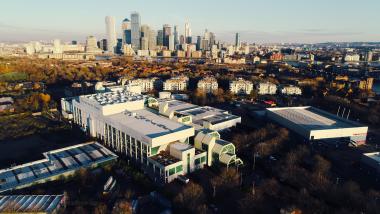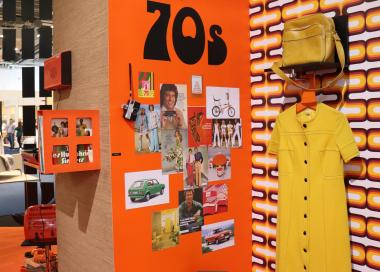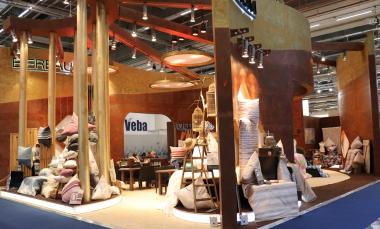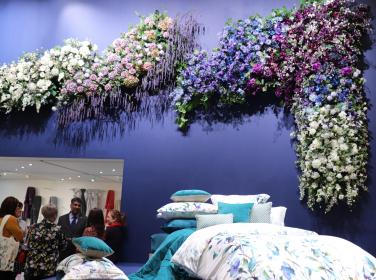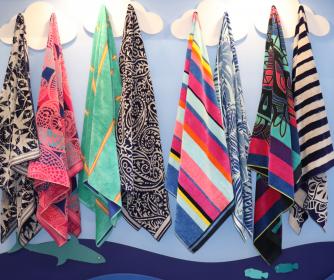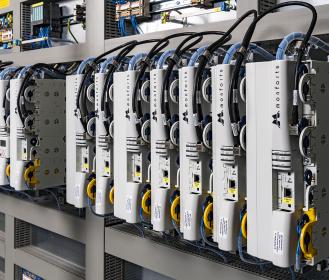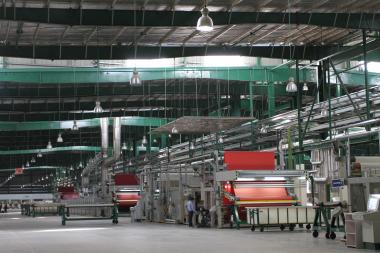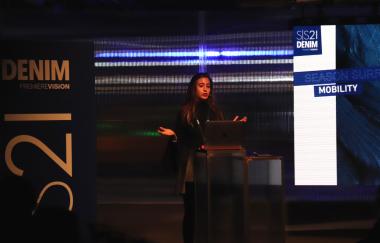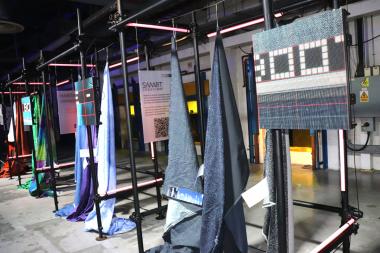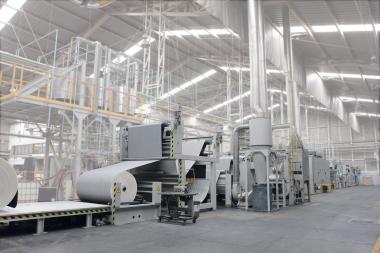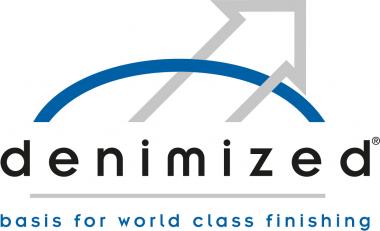VDMA continues technology webtalks
- Webtalk on Technologies for Technical Textiles
The next VDMA technology webtalk is scheduled for 9th December 2020, 2.00 pm – 4.00 pm (CET). The topic will be “Technologies for Technical Textiles”.
The presenters and their topics at a glance:
Bena Manasieva Cavus from company Georg Sahm, will show how to add value and performance to your technical yarns with a single end extrusion coating line. Title of the presentation: “Winding and Yarn coating of Technical Textiles”
Janpeter Horn and Dennis Behnken, HERZOG Flechtmaschinen will present new developments in technical braids such as rope braiding/tension members to replace steel wire, medical braids for stents, ligaments, sutures and composites for lightweight construction and near net-shape preforms. Title of the presentation: “New Developments in Technical Braids”
Hagen Lotzmann: "At KARL MAYER we work closely with our customers to offer the best cost–benefit ratio. We do this by using our advanced standard platforms as the basis for developing customised solutions." Title of the presentation: “Engineered solutions for technical textiles and composites – from standard application machines to customized systems”
After the presentations, the three experts will be available to answer the participants' questions. Registration is possible.
VDMA Webtalk Georg Sahm Karl Mayer Technische Textilien HERZOG Flechtmaschinen
VDMA e.V. Textilmaschinen


